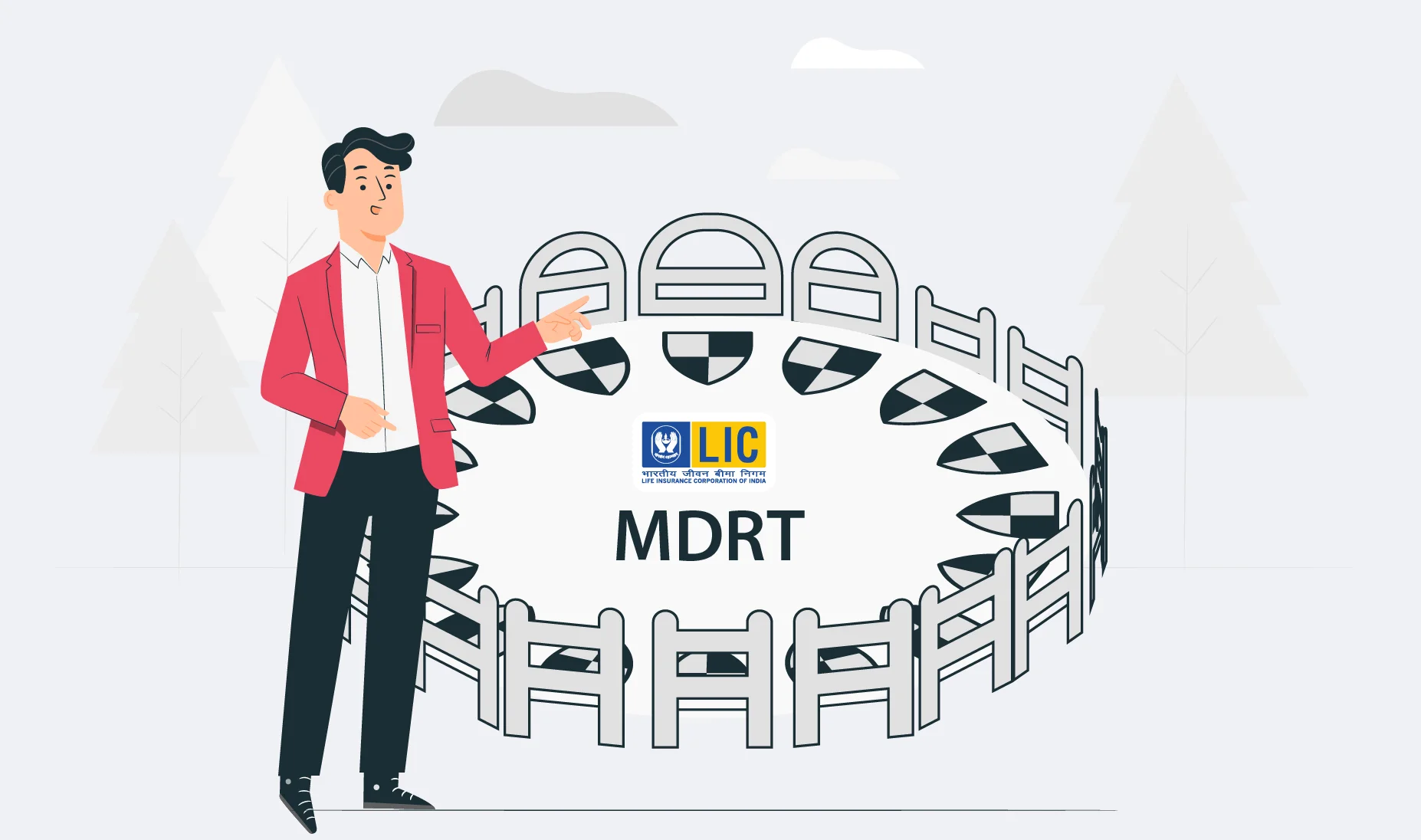Dates are among the healthiest dry fruits grown in several countries and are widely available in fresh and dry form. Despite their sweetness, Dates are healthy because they are fiber-rich and have a low glycaemic index. Dates are great for soothing your appetite, especially when you crave sweets. Whether you eat dates as snacks or use them to make sweet delicacies, you are sure to get several health benefits from them. Likewise, dry dates are also equally beneficial as they have enough fiber and include several vitamins and minerals. In this blog, let's learn about the health benefits of dry dates.

Health And Wellness
 Dec 02, 2024
Dec 02, 2024
 Health Insurance
Health Insurance
 Dec 02, 2024
Dec 02, 2024
 Health Insurance
Health Insurance








.webp)

